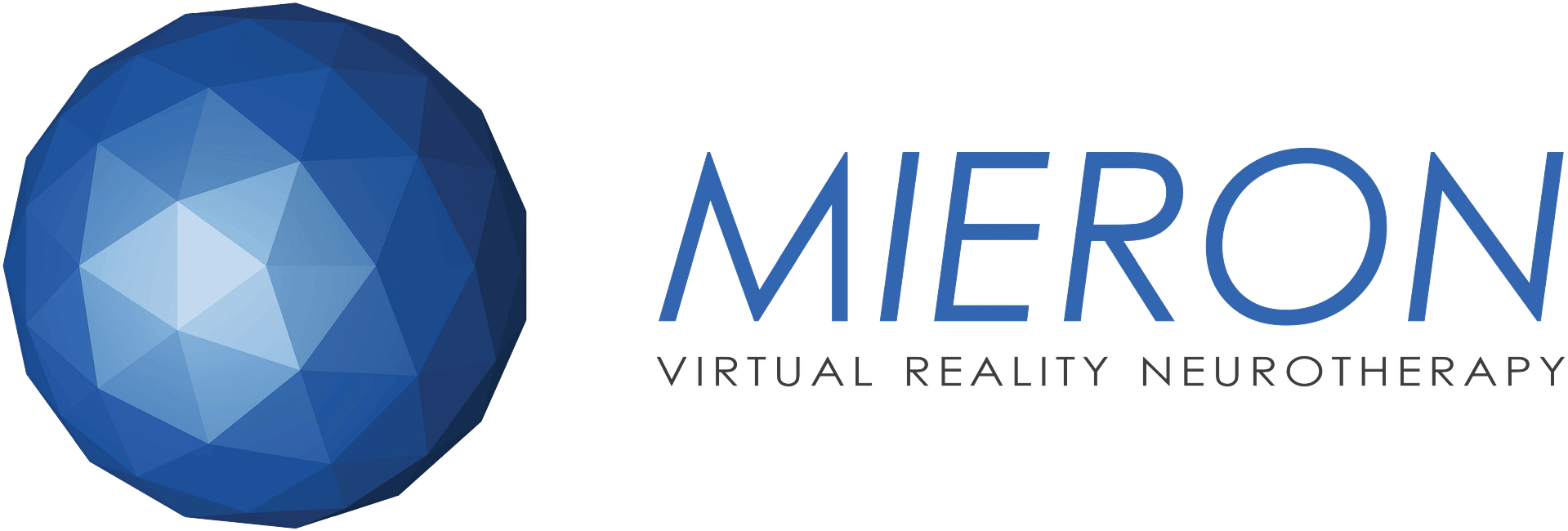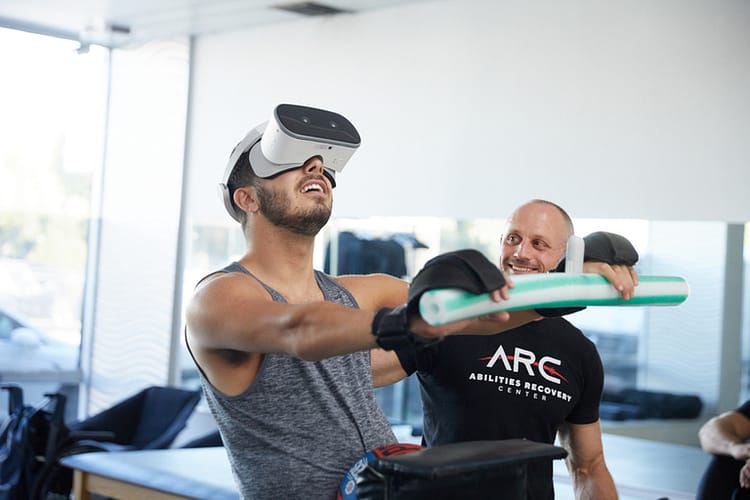Adaptive games are some of the most powerful tools that patients can use to regain mobility. As more companies are noticing the need to be inclusive in their designs. adaptive gaming is quickly gaining traction within the technology industry.
When patients go through life-altering events that affect their mobility and independence, they also go through drastic changes in their lifestyles. Games can motivate action and interest, which makes it extremely valuable for any patients going through rehabilitation.
Indeed, studies have found that “active participation” in rehab programs can multiply the effectiveness of therapy. And this type of participation can be encouraged by incorporating appealing games.
However, traditional games are not always accessible for rehab patients
Traditional games are designed to be challenging, even for people who have full function of their bodies. So you can imagine how difficult it is for a patient with limited mobility to incorporate normal games into their routines.
By including adaptive changes, VR programs like MieronGO can help patients rebuild strength no matter what level of mobility they have. This allows patients to not only work on their physicality but continue to progress through engaging and fun interactions in the long run.
Designing a VR Program for patients with limited mobility
At Mieron, we understand the importance of designing games with physical limitations in mind. From the software to the hardware, our priority has been to create a product that can help patients of all mobility levels to exercise and reach their goals of independence.
“It’s about how many people can be integrated, and how many people can be a part of the experience and not feel left out. A huge part of our focus is the user experience and how we make it a comfortable experience for the end-user.” – Josh Dubon, CEO of MieronVR
By being accessibility-first, MieronGO incorporates adaptive functionalities that make it easy to use for people with limited dexterity. The goal is to create an experience that is both simple and engaging so that patients can actively progress without the usual frustrations that come with difficult, non-adaptive games. As a result, patients can stay solely focused on making improvements in their mobility through engaging game-play format.
Paul Amadeus Lane is one user who is using MieronGO as an exercise tool to stay fit. As a quadriplegic who is also an accessibility consultant for the tech industry, Paul understands the importance of inclusive design. He’s been able to incorporate MieronGO into his own weightloss journey, especially because of how accessible it is. With the ability to apply the headset and access the programming on his own, MieronGO allows him to consistently exercise in a dynamic and engaging environment that keeps him motivated.
Here is how MieronGO is accessibility-first in its design:
Hardware:
Boa tightener
One of the best features of MieronGO is its boa tightening system. This is a technology adapted from snowboarding boots, and it enables users to put on and tighten their headset with minimal dexterity.
Front sensors and camera for safety
This headset comes with WorldSense technology, which uses cameras to track the exact movements of the user’s head. This helps patients stay within a 3-feet-wide radius to ensure their safety.
Adaptive gaming accessories
Our accessories can make our VR experiences immersive, even for those who may not be able to hold a controller. Patients can attach the controller to their hands as a workout tool or attach it to their legs for lower body workouts.
Software:
Programming options for those with limited mobility
To be as inclusive as possible, MieronGO includes experiences that can be used even with minimal mobility. For example, our exercises range from ones that can be done with minimal head movement while laying flat in bed to ones that require full mobility.
Positive feedback
Progressing and achieving new goals is not only important for building mobility, but also for sustaining a healthy mindset. MieronGO has no negative scoring elements or blockages for moving forward. This ensures that patients can easily see their own progress and continue to build on their achievements. Users work on repetitive muscle movement in fun and engaging ways.
VRNT programs have repeatedly been shown to have unparalleled potential in motivating patients to use repetition and progress towards their goals. Its positive feedback loop also gives patients the confidence to grow within an enriched environment.
We’ve created a VRNT program that pulls together the best of both worlds – engaging games that challenge while being inclusive of all mobility levels. Built with the mindset of accessibility first, MieronGO is one of the best tools to help rehabilitation patients reach their long-term goals.
To learn more about MieronGO, click here.






